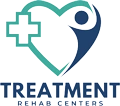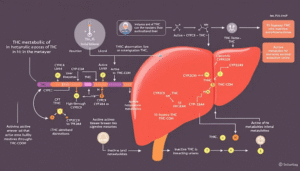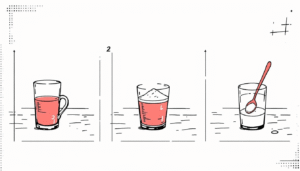If you want to know how to make lean, you’ll need codeine cough syrup and soda. This guide will cover the ingredients, the process, and the risks involved. Lean is popular in culture, but it has serious health and legal implications.
Key Takeaways
- Lean is a mixture of codeine, promethazine, and soda that poses significant health risks, including addiction and respiratory depression.
- The ingredients needed to make Lean are easily accessible, contributing to its popularity among young adults despite its dangers.
- Long-term Lean use can lead to severe health issues like liver damage and dental problems, alongside the necessity for professional treatment for addiction.
What is Lean?
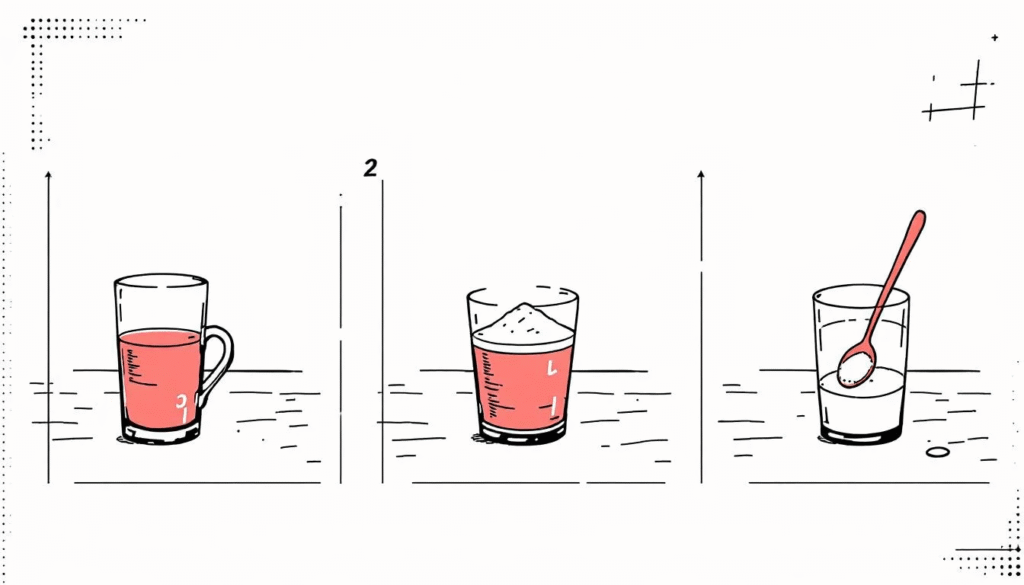
Lean, also known by names like purple drank, sizzurp, and dirty Sprite, is a mixture of promethazine and codeine with soda. This combination creates a potent lean drink that has found a place in popular culture, particularly among young adults who often drink lean. The term ‘lean’ originates from the physical effect it has on users, causing them to slouch or lean to one side.
The cultural significance of Lean is heavily influenced by its representation in music and entertainment. Lean gained massive popularity in the 1990s, primarily through hip-hop and EDM pop culture, where it was often glamorized in lyrics and music videos. This depiction has contributed to its widespread use and acceptance among young people, with notable examples of artists showcasing it in their work.
Behind its seemingly glamorous portrayal lie significant dangers and health risks associated with Lean dangerous. The euphoric and sedative effects that users seek come at a high cost, often leading to severe health consequences and addiction. Exploring further reveals just how dangerous this drink can be.
Ingredients Needed to Make Lean
Lean, or purple drank, is composed of a few primary ingredients:
- Codeine cough syrup
- Promethazine cough syrup
- Soda
- Sometimes hard candy
The codeine and promethazine are the key active components that produce the desired effects, while the soda and candy are used to make the drink more palatable.
The inclusion of promethazine, an antihistamine promethazine, enhances the sedative effects of codeine, making the mixture even more potent. The soda or soft drink serves to mask the taste of the cough syrups, making it easier to consume. Some variations of Lean may also include additional flavorings or ingredients to further improve its taste.
The accessibility of these ingredients is a significant factor in the popularity of Lean. Unlike illicit drugs, the components of Lean can often be found in regular household items or purchased over the counter, making it easier for individuals to obtain and consume Lean without raising immediate suspicion.
Step-by-Step Process to Make Lean
Creating Lean involves a relatively simple process, which contributes to its widespread use. The typical preparation starts by combining a specific amount of codeine cough syrup with a sweetened soda or another flavored beverage. This mixture creates a drink that is both potent and palatable.
One common recipe involves mixing a specific ratio of cough syrup to soda, usually one part syrup to three parts soda, though this can vary depending on personal preference. Some individuals enhance the drink by adding hard candy or other flavorings to improve its taste further, including prescription cough syrup.
Carefully considering the dosage when preparing Lean is essential to avoid potential health risks. Excessive amounts of cough syrup can significantly increase the danger of overdose and severe health consequences. Despite its seemingly harmless appearance, Lean remains a dangerous cocktail with serious implications, especially when consumed in high doses.
Risks Associated with Drinking Lean
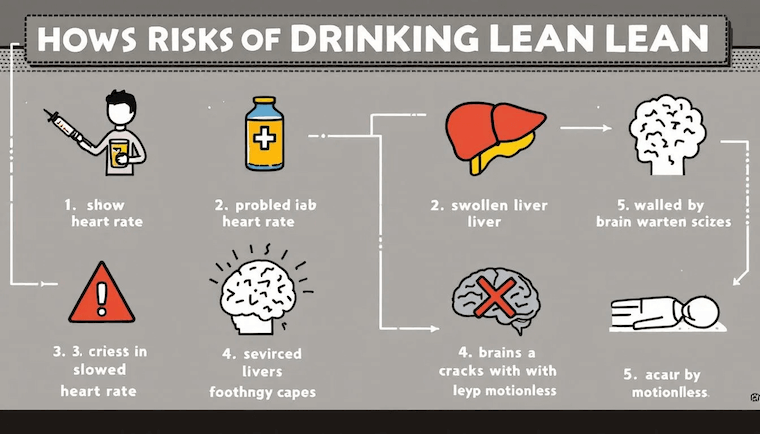
Drinking Lean poses several immediate and severe health risks. One of the most significant dangers is respiratory depression, a condition where breathing becomes dangerously slow and shallow due to the codeine content. This can lead to a fatal codeine overdose if not addressed promptly.
Regular Lean use can result in:
- Various mental health symptoms such as anxiety, depression, and irritability
- Impaired motor skills, which increase the increased risk of accidents and injuries
- Medical implications related to sensory effects like blurry vision and hallucinations, further complicating the user’s physical and mental state
Measuring the cough syrup accurately is critical to reducing health risks. Excessive dosages can drastically heighten significant risks, leading to serious consequences. The significant dangers of drinking Lean make it an extremely dangerous substance that should be avoided.
Addiction Potential of Lean
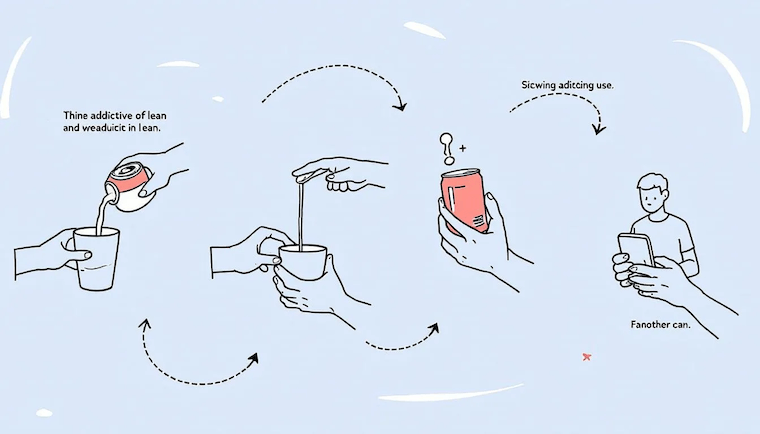
Lean has a very high addiction potential, primarily due to its opioid content, particularly codeine and opioid analgesics. The fast-acting nature of Lean leads users to chase a short-lasting high, often resulting in increased consumption to maintain the desired effect. Building a tolerance to Lean can quickly lead to addiction, with users experiencing withdrawal symptoms and potential overdose if consumption is abruptly stopped, which can be associated with opioid use disorder.
Signs that someone may be addicted to Lean include noticeable behavioral changes and difficulty performing daily tasks. The combination of codeine and promethazine in Lean not only makes it highly addictive but also dangerous, with a significant risk of developing a substance use disorder. Early recognition of these signs is crucial for seeking timely and effective treatment.
Health Consequences of Long-Term Lean Use
The long-term health consequences of Lean use are severe and far-reaching. Regular consumption can lead to significant liver damage due to the high sugar content and the toxic effects of codeine and promethazine. This combination of substances can also exacerbate the risk of urinary tract infections.
Dental health also suffers greatly from chronic Lean use. The sugar and chemicals in the drink contribute to severe dental issues, including tooth decay, gum disease, and dry mouth, which can lead to tooth loss. These dental problems further highlight the physical harm caused by Lean.
The health consequences of long-term Lean use are extensive, affecting both liver and dental health, among other complications. These serious health risks underscore the necessity for awareness and intervention.
Recognizing Lean Addiction and Withdrawal Symptoms
Recognizing Lean addiction involves understanding the criteria for substance use disorders. Most individuals who consume Lean regularly meet these criteria, exhibiting signs of dependency and withdrawal. Severe withdrawal symptoms can be difficult to manage. They may include restlessness, nausea, and intense cravings.
Severe consequences of lean consumption extend to mental health, with some users experiencing hallucinations and seizures. Long-term use is also linked to the development of brain lesions and can adversely affect the central nervous system, further complicating recovery.
Recognizing the symptoms and their severity is crucial for seeking appropriate help for Lean addiction. Intervening early can prevent the escalation of these issues and improve recovery outcomes.
Treatment Options for Lean Addiction
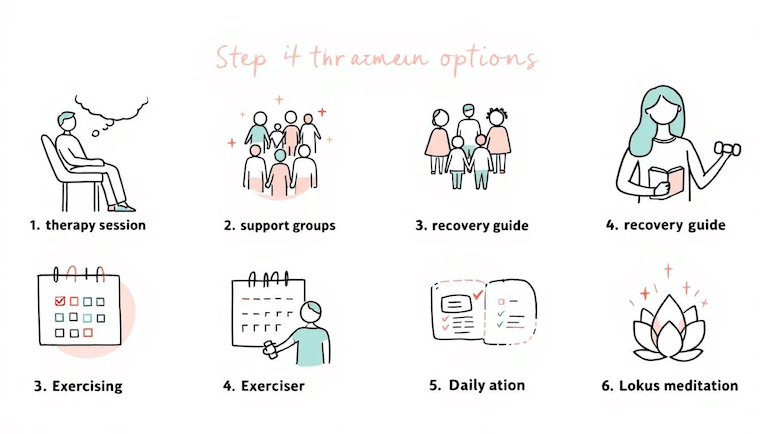
Seeking treatment for lean addiction as soon as possible is essential, especially for young adults. A medical supervision detox is often the first recommended step for individuals dependent on lean. This process helps manage withdrawal symptoms under professional care, ensuring safety and comfort in lean addiction treatment.
Various treatment options are available, including inpatient and outpatient treatment programs tailored to the needs of the individual. These programs often incorporate therapies such as cognitive behavioral therapy, dialectical behavior therapy, and art therapy, which address both the addiction and underlying behavioral issues, including substance abuse. Addiction treatment programs often include these therapies to ensure comprehensive care.
Family involvement is crucial in the treatment process, especially for teenagers and young adults. Treatment facilities often include family therapy as part of their programs. Overall, a comprehensive approach involving medical detox, therapy, and family support can significantly improve recovery outcomes.
Cultural Influence and Misconceptions Around Lean
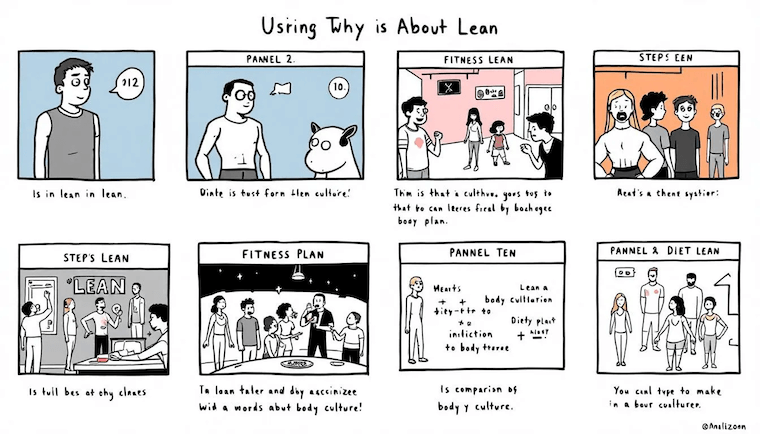
Lean consumption is a social phenomenon that cuts across multiple ethnic, gender, and racial groups. It often serves as a symbol of escapism from economic hardship and oppression, providing a temporary detachment from stress and reality while consuming lean.
The entertainment industry plays a significant role in promoting Lean use. Rappers and social media influencers frequent mention Lean in their content, glamorizing its use and making it appealing to young people. The sweet taste of the soda and candy in Lean further enhances its appeal, particularly to younger users.
However, misconceptions about the safety and legality of Lean persist. The accessibility of its ingredients makes it seem less dangerous than illicit drugs, but the health risks and addiction potential are just as severe. Understanding these cultural influences and misconceptions is essential in addressing the issue effectively.
Legal Implications of Lean Consumption
The combination of codeine and promethazine in Lean is classified as a controlled substance in many areas, leading to strict regulations on its distribution. Prescription requirements for codeine use vary widely, with some regions allowing over-the-counter access while others do not.
First-time offenders caught with unauthorized codeine syrup may face substantial fines and potential jail time, depending on jurisdiction. These legal implications highlight the importance of understanding the regulations and consequences associated with Lean consumption.
Overall, the legal status of Lean and its ingredients underscores the need for caution and awareness. Ensuring compliance with regulations can prevent legal troubles and promote safer practices.
Summary
In summary, Lean is a dangerous cocktail with severe health risks and a high potential for addiction. Its cultural significance and portrayal in popular culture have contributed to its widespread use, particularly among young adults. However, the immediate and long-term health consequences, along with the legal implications, make Lean a substance that should be avoided.
Understanding the ingredients, preparation process, risks, and addiction potential is crucial in making informed decisions. Recognizing the signs of Lean addiction and seeking appropriate treatment can prevent further harm and promote recovery.
If you or someone you know is struggling with Lean addiction, don’t hesitate to seek help. The available treatment options and support systems can make a significant difference in overcoming this dangerous addiction.
Frequently Asked Questions
What is Lean?
Lean, also known as purple drank, is a recreational beverage made from a combination of promethazine, codeine, and soda. It’s important to note that its use carries significant health risks.
What are the ingredients needed to make Lean?
To make Lean, you primarily need codeine cough syrup, promethazine cough syrup, soda, and occasionally hard candy. It’s essential to be aware of the significant health risks associated with these ingredients.
What are the risks associated with drinking Lean?
Drinking Lean poses significant risks such as respiratory depression, mental health disorders, impaired motor skills, and a high potential for overdose. It is crucial to understand these dangers before considering consumption.
How can Lean addiction be treated?
Lean addiction can be effectively treated through medically supervised detox, inpatient or outpatient programs, and therapies that involve family support. A comprehensive approach can significantly enhance recovery outcomes.
What are the legal implications of consuming Lean?
Consuming Lean, which contains codeine and promethazine, carries legal implications as both substances are classified as controlled substances. Unauthorized possession can lead to serious legal consequences.
